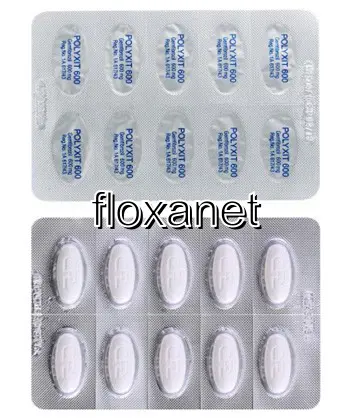Shop Gemfibrozil Online in the USA
| Package | Dosage | Price | Price per Dose | |
|---|---|---|---|---|
| Dosage: 300mg | ||||
| 270 pill | 300mg | $734.24 | $2.72 | |
| 180 pill | 300mg | $499.67 | $2.78 | |
| 120 pill | 300mg | $348.37 | $2.90 | |
| 90 pill | 300mg | $274.81 | $3.05 | |
| 60 pill | 300mg | $191.53 | $3.19 | |
| 30 pill | 300mg | $98.53 | $3.26 | |

Gemfibrozil Description
Understanding Gemfibrozil
Gemfibrozil is a medication primarily used to manage high cholesterol and triglyceride levels in the blood. It belongs to a class of drugs called fibrates, which work by activating specific nuclear receptors in liver cells. This activation results in increased lipoprotein lipase activity, leading to the breakdown of triglycerides. Additionally, gemfibrozil can influence the production of certain types of cholesterol, helping to raise levels of beneficial HDL cholesterol while lowering harmful LDL cholesterol. Its primary goal is to reduce the risk of cardiovascular diseases associated with lipid imbalances.
Effectiveness and Benefits
Many users find gemfibrozil effective in lowering their triglyceride levels, often noticing improvements within weeks of starting treatment. Its ability to significantly reduce triglycerides can be especially beneficial for individuals with familial hypertriglyceridemia or those at risk for pancreatitis related to elevated triglyceride levels. Moreover, some patients experience an increase in HDL cholesterol, which further contributes to heart health. Overall, gemfibrozil is considered reliable for managing lipid profiles, especially when combined with lifestyle modifications like diet and exercise.
Usage and Dosage
Gemfibrozil is typically prescribed as a twice-daily medication. It is usually taken about 30 minutes before breakfast and dinner to optimize absorption and effectiveness. The specific dosage depends on the patient’s condition, lipid levels, and response to the medication. It is essential to follow the healthcare provider’s instructions carefully and not to alter the dose without consultation. Consistent use is crucial for achieving the desired lipid profile improvements.
Possible Side Effects and Precautions
Like all medications, gemfibrozil may cause side effects. Some users report gastrointestinal issues such as nausea, indigestion, or diarrhea. Less commonly, individuals might experience muscle pain or weakness, which could indicate a more serious condition called rhabdomyolysis. Liver function tests are often monitored during treatment, as rare cases of liver dysfunction have been reported. Patients with pre-existing liver or kidney conditions should consult their healthcare provider before starting gemfibrozil. It is also important to inform your doctor about any other medications being taken, as gemfibrozil can interact with drugs such as statins, increasing the risk of adverse effects.
Drug Interactions and Safety Considerations
Gemfibrozil can interact with various medications, especially anticoagulants like warfarin. These interactions may affect blood clotting and increase bleeding risk. Additionally, combining gemfibrozil with certain statins can elevate the chance of muscle-related side effects. Regular monitoring and blood tests are recommended during treatment to ensure safety. Patients are advised to discuss their complete medication list with their healthcare provider and report any unusual symptoms promptly. Pregnant or breastfeeding women should seek medical advice before using gemfibrozil, as its safety in these populations has not been fully established.
Conclusion
For individuals seeking to control high triglycerides and improve their cholesterol profile, gemfibrozil offers a proven treatment option. Its effectiveness in lowering triglycerides and modulating lipid levels can contribute significantly to cardiovascular health. However, it must be used under medical supervision due to potential side effects and drug interactions. When combined with healthy lifestyle choices, gemfibrozil can be an important part of a comprehensive approach to managing lipid disorders and reducing heart disease risk.
